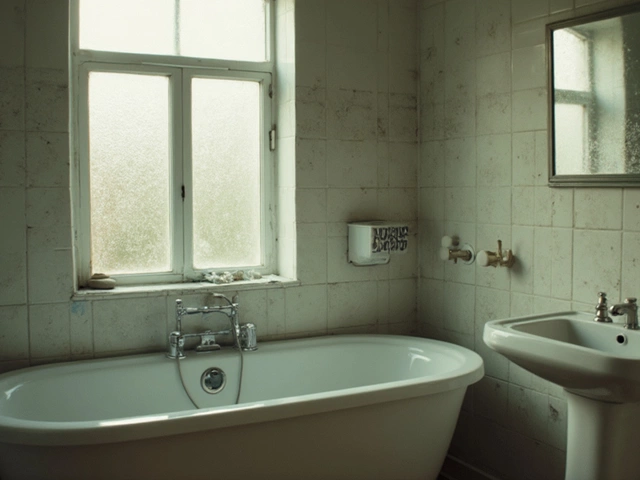If your stove is making strange noises, heating unevenly, or just not heating at all, you don’t need to panic. Most problems are easy to spot and fix with a few tools and a bit of know‑how. Below you’ll find the most common issues, quick fixes, and a handy maintenance checklist you can use every few months.
Electric stoves usually run into two big complaints: a burner that won’t heat and a control board that acts up. The first sign of a faulty burner is a cold spot or no heat at all. In many cases the heating element has burned out. Swapping the element is a straightforward DIY job – just unplug the stove, remove the screw holding the element, pull it out, and replace it with a new one that matches the model. Our guide on replacing a broken element on an electric hob walks you through each step.
If the burner looks fine but the temperature still won’t rise, check the connection wires. Loose or corroded wires can cause intermittent heating. Tighten any loose terminals and clean away residue with a dry cloth. For an entire stove that won’t power up, the problem might be the main fuse or the circuit breaker. Reset the breaker or replace a blown fuse before moving on to more complex parts.
Regular upkeep prevents most breakdowns. Here’s a quick checklist you can run through every six months:
Keeping a spare heating element on hand can save you a call‑out fee. Most elements are inexpensive and fit a wide range of stove models.
When you’ve gone through the checklist and the stove still misbehaves, it’s time to call a professional. Our Bognor Regis appliance repair team can diagnose deeper electrical issues, test the control board, and get your stove back to full performance fast.
Remember, safety first: always unplug the appliance before working on any part, and never attempt repairs if you’re unsure about the wiring. With a little routine care, your stove will stay reliable for years, and you’ll avoid costly emergency repairs.

Wondering how long your electric stove is supposed to last? This article breaks down real-world numbers, explains what impacts the life of an electric stove, and gives you the know-how to make yours last longer. You’ll get practical advice on repairs versus replacement, and tips to avoid common pitfalls that cut appliance life short. Choosing the right upkeep now can save you money and headaches later. Perfect for homeowners who want their kitchen running smoothly for years.

Wondering if you actually need an extractor fan? This article unpacks whether having one is essential for your home, focusing on bathrooms, kitchens, and the impacts of poor ventilation. Get practical advice about when an extractor fan is a must, what can go wrong without one, and tips for repair and maintenance. Make sure your living space stays fresh, dry, and hassle-free. Say goodbye to foggy mirrors and damp smells.

Water heaters are essential fixtures in homes, providing warm water for daily needs. Understanding their lifespan can help homeowners plan for replacements and avoid unexpected cold showers. Depending on the type and maintenance, a water heater can typically last between 8 to 12 years. Regular inspections and upkeep can potentially add years to a water heater's lifespan.

Learn the proper term for someone who fixes ovens, how they work, skills they need, and why hiring a pro is a smart move. Helpful tips inside.

Not sure how to keep your extractor fan running smoothly? This guide breaks down the simple steps to service an extractor fan, covering cleaning, inspecting parts, and spotting potential issues. Regular maintenance can extend the life of your fan and ensure your kitchen stays fresh and ventilated. Discover some handy tips and tricks to make this an easy task. No need to call in a professional; you can handle this yourself with a little guidance.

Boilers are the unsung heroes of many homes, tirelessly keeping us warm through the coldest months. But how long can these mighty machines really last? This article delves into the factors affecting boiler lifespan, maintenance tips for longevity, and whether hitting the five-decade mark is realistic. Learn about the signs of wear and when it might be time for an upgrade.